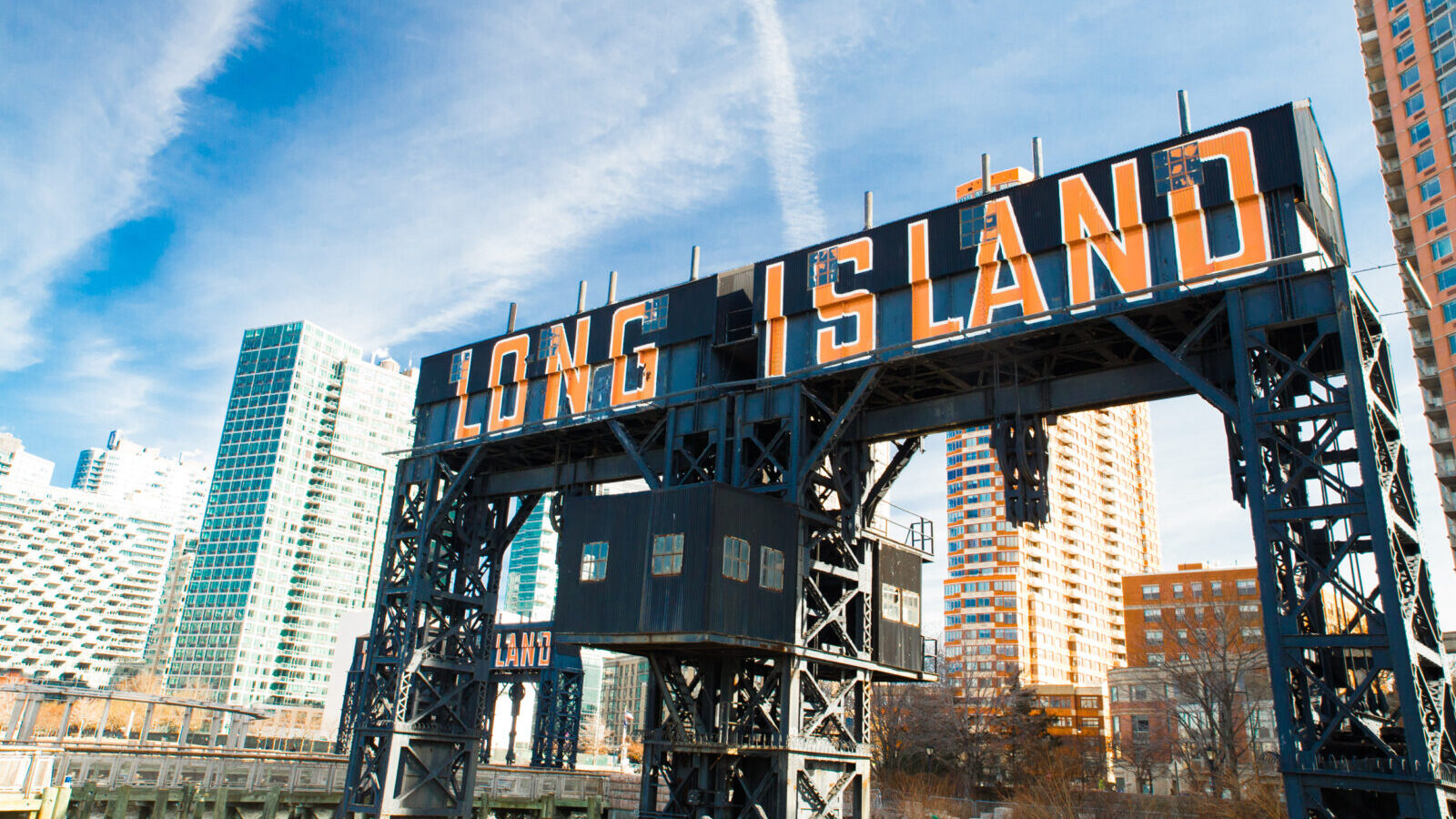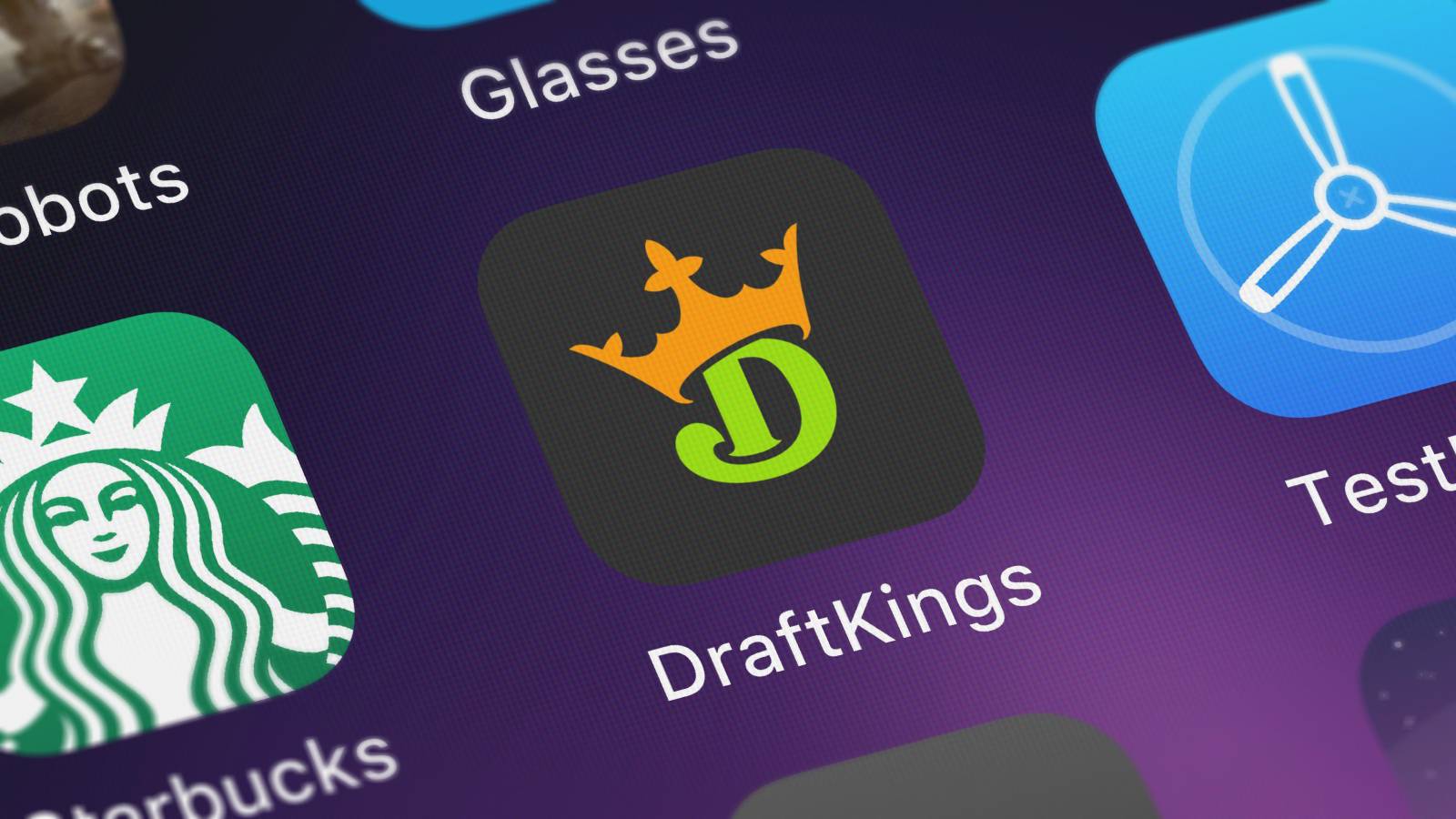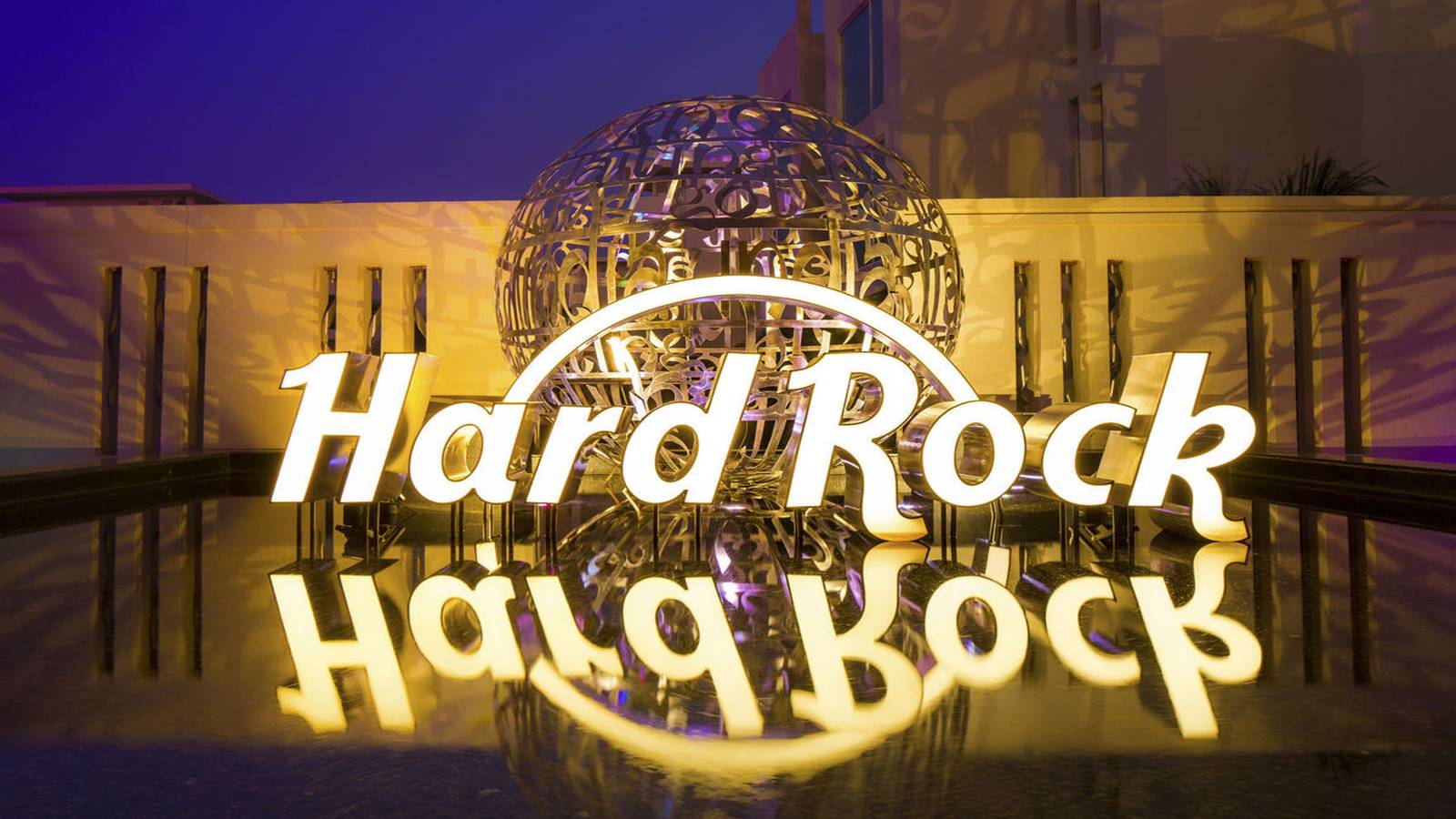Las Vegas Sands CEO Cites Online Gambling Growth As A Potential Challenge To New York Casino Plans
The introduction of iGaming in New York could cause the company to re-think its desire for a retail casino
2 min

Las Vegas Sands Chairman and CEO Rob Goldstein is raising concerns about the company’s $6 billion casino-resort proposal for New York’s Long Island. The potential introduction of legal online casino play in the state is emerging as a factor that may impact the company’s long-term investments in traditional brick-and-mortar casinos.
Speaking during Sands’ third-quarter earnings call on Wednesday, Goldstein expressed reservations about committing to such a capital-intensive project when New York could potentially pass iGaming legislation by 2026.
Goldstein noted that New York’s decision-making process regarding brick-and-mortar casino licenses has been delayed, which adds even more uncertainty. However, the concerns don’t mean Sands is ready to give up on New York.
“We remain interested in the process,” Goldstein said.
Adelson’s attitude still permeates
A significant concern for Goldstein is the potential impact of regulated mobile casinos on land-based casino revenue.
When Sands founder Sheldon Adelson was still alive, he was adamant in his fight against online gambling. The company’s position hasn’t changed since his passing in 2021.
The explosive growth of online gambling revenue in the handful of states that have legalized it — particularly New Jersey, Pennsylvania, and Michigan — has some retail operators concerned. “You can’t ignore what’s happening in New Jersey, Pennsylvania, and Michigan,” Goldstein said, noting that the rise in online gambling is a trend that affects investment decisions across the U.S.
Goldstein projected that in the next few years, online gambling revenue would surpass that of land-based casinos in New Jersey, which he called “pretty exceptional.” The two numbers drew close in the latest revenue reporting, with Atlantic City casinos earning $230.6 million in gaming revenue in September, compared to a record $208.1 million for the state’s online casinos.
This shift could pose a significant challenge to companies like Las Vegas Sands, which still rely heavily on their physical casino properties to generate revenue, even as some competitors move online.
New York is currently considering the legalization of online gambling. When asked whether Sands would reconsider its proposal if online gambling were legalized in New York, Goldstein admitted that it would require reevaluation. “Like in Singapore, our buildings take years to finish. I need some understanding of any market with legalized online gambling,” he explained.
He stressed that the long-term success of physical casinos in a market with online gambling would depend on understanding the full scope of online competition and its impact on land-based operations.
Sands overseas
Online gambling in Singapore doesn’t appear imminent, or even to be a long-term option. Sands is moving forward with its plans to expand its Marina Bay Sands resort there, announcing it would increase its investment in the resort from an initial $3.3 billion to $8 billion.
“Marina Bay Sands IR2” will feature new casino amenities, including a main casino area in the podium and “sky gaming” in a new tower. The project will also include 570 luxury suites and a 15,000-seat arena.
The increased costs, which are 2½ times higher than the original investment announced in 2019, include $4.7 billion for design and construction, $2 billion in land premiums, and $1.3 billion in pre-opening and finance costs. The expanded resort is expected to open by Jan. 1, 2031. Sands plans to fund 25% to 35% of the project directly, with the remainder to come from project financing.
Despite vague concerns about online gambling, Goldstein remains optimistic about the long-term potential of Marina Bay Sands. He expects Singapore’s gross gaming revenue (GGR) to reach $6.5 billion in 2024 and said it could grow to as much as $11 billion over time. The Marina Bay Sands IR2 expansion is projected to add an additional $1 billion in annual EBITDA to the company’s bottom line.





